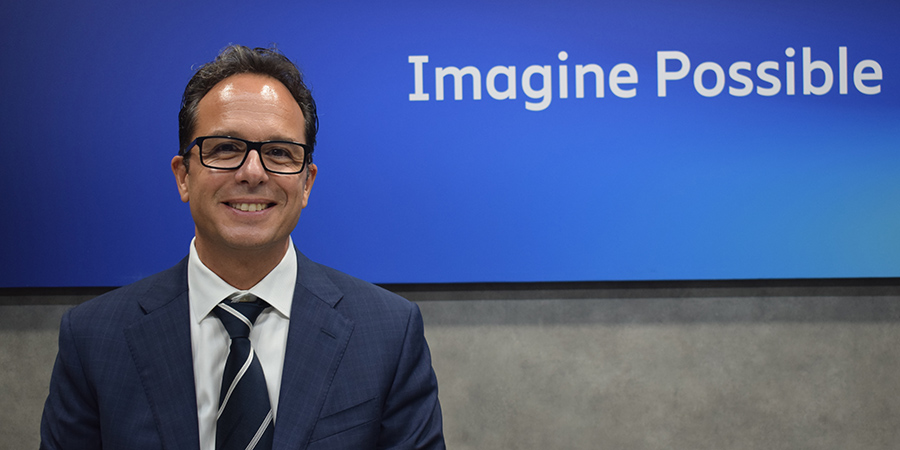During LEAP 2024, Iwan Stella, Vice President and Head of Strategy and Commercial Management at Ericsson Middle East & Africa, engaged in an exclusive interview with Telecom Review. He shared the priorities, growth opportunities, and innovative solutions that the company delivers to its customers, highlighting the importance of people, R&D, and responsibility in their strategy.
Can you provide insights into the key strategic priorities that will drive Ericsson’s growth and market positioning in the Middle East and Africa region?
Ericsson in the Middle East and Africa has defined a very clear strategy, and we have been executing it for years now. We are starting with our customers and really looking at how we can understand our customer needs better. What is their situation in the market, especially in today’s volatile market?
Moving on, we are working on how we can increase our competitiveness in our customer offerings and how we frame and translate their needs into solutions that are going to solve their problems. We invest a lot in our people so we can face our customers with teams that are delightful to them.
The foundation of our strategy is responsibility, ethics, and integrity. We are very strict on how we pursue our business. We are assessing the business all the time to ensure that we only do responsible business.
How does Ericsson MEA plan to leverage market trends to capitalize on growth opportunities and address the unique challenges present in the region?
In this moment, the needs of our customers are very different across the market area. As we have a big region, we have customers that are still developing technology, are migrating to 4G, and then we have customers that have already deployed 5G. The way that we are addressing them is by customizing our engagement to be very specific to their needs.
And in particular, we have a very clear ambition: to create networks as platforms, and we are never going to compromise on the performance of our networks. We are always working to have sustainable networks. And we always look at how our solutions are enabling society to become better. These are the ways that we will [serve] our customers and how we are going to deliver our solutions.
As the telecommunications landscape evolves rapidly, how does Ericsson MEA plan to stay ahead of the curve in terms of anticipating market trends and delivering innovative solutions to meet customer needs?
This is one of the most important questions that we ask ourselves every day: How can I anticipate my customer’s needs? So to do that, as a company, we invest in R&D. We have very high investments in R&D globally. As a result, our company is developing and has already developed specific products to fit the customer’s needs.
For example, across Africa, we have developed a very low power consumption radio called the Ericsson 6626 that is now our bestseller in the market. This is one way that we are really responding to these needs.
The other way is by investing in our people. Our people are our competitive edge… They develop a responsible business, they nurture the relationship with the customer, they always have the end user in mind— That's in the heart of each employee at Ericsson MEA. The technology we are developing and deploying is bringing value to the country.
What are the biggest opportunities and challenges for Ericsson MEA? And how does the company plan to navigate these challenges to achieve sustainable growth and success in the region?
A challenge is always translated into an opportunity— This is our vision and attitude. That’s why we recruit people based on attitude and then we develop their skills. This is how we are able to stay ahead of the curve.
Today, we have a market that is changing very fast and is very unpredictable. We need to allow our people to work cross-functionally, collaborate, and bring different perspectives. The problems that we are facing are always new, and there’s no recipe to solve them, so we need to solve them together, in real-time. To do that, you need to have very high trust, continuous growth in the development of capabilities, and have a ‘leader-leader’ culture where everyone is a leader and driven to work like it’s their own company.










